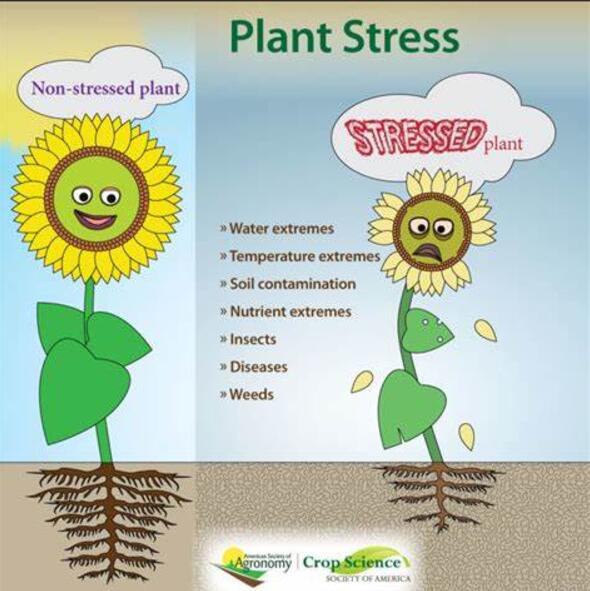Small open reading frames (sORFs): Driving big improvements in plant development and quality
IF 6.8
Q1 PLANT SCIENCES
引用次数: 0
Abstract
Small open reading frames (sORFs) are defined as short nucleotide sequences, typically no longer than 300 base pairs, which have the potential to encode small peptides. With the advent of sophisticated technologies such as bioinformatics, ribosome profiling, and mass spectrometry, the investigation of sORFs has experienced a transformative shift and significant expansion. This review provides a comprehensive analysis of the identification, categorization, functional mechanisms, and diverse roles of sORFs in plant development. In the plant, sORFs are pivotal components that enhance responses to both biotic and abiotic stresses by encoding small peptides that are either intricately involved in complex hormone regulation and signaling networks, or precisely regulate the expression of downstream resistance genes. The impact of sORFs extends well beyond stress resistance and they are also implicated in the developmental and physiological functions of plants. sORFs play a crucial role in determing the overall morphological architecture of plants, governing morphological changes throughout the plant life cycle, and are instrumental in regulating metabolite accumulation, which influences plant quality. The synergistic application of sORFs with gene editing technologies holds great promise, not only for devising novel strategies to improve plant quality, resulting in crops that are more resistant, nutrient-rich, and productive, but also for establishing innovative molecular breeding pathways. In summary, understanding and harnessing the potential of sORFs is a cutting-edge area of research that is poised to revolutionize the future of plant biology and agriculture, and ongoing exploration of their functions and mechanisms is anticipated to yield groundbreaking discoveries and practical applications in the future.
求助全文
约1分钟内获得全文
求助全文
来源期刊

Plant Stress
PLANT SCIENCES-
CiteScore
5.20
自引率
8.00%
发文量
76
审稿时长
63 days
期刊介绍:
The journal Plant Stress deals with plant (or other photoautotrophs, such as algae, cyanobacteria and lichens) responses to abiotic and biotic stress factors that can result in limited growth and productivity. Such responses can be analyzed and described at a physiological, biochemical and molecular level. Experimental approaches/technologies aiming to improve growth and productivity with a potential for downstream validation under stress conditions will also be considered. Both fundamental and applied research manuscripts are welcome, provided that clear mechanistic hypotheses are made and descriptive approaches are avoided. In addition, high-quality review articles will also be considered, provided they follow a critical approach and stimulate thought for future research avenues.
Plant Stress welcomes high-quality manuscripts related (but not limited) to interactions between plants and:
Lack of water (drought) and excess (flooding),
Salinity stress,
Elevated temperature and/or low temperature (chilling and freezing),
Hypoxia and/or anoxia,
Mineral nutrient excess and/or deficiency,
Heavy metals and/or metalloids,
Plant priming (chemical, biological, physiological, nanomaterial, biostimulant) approaches for improved stress protection,
Viral, phytoplasma, bacterial and fungal plant-pathogen interactions.
The journal welcomes basic and applied research articles, as well as review articles and short communications. All submitted manuscripts will be subject to a thorough peer-reviewing process.
 求助内容:
求助内容: 应助结果提醒方式:
应助结果提醒方式:


